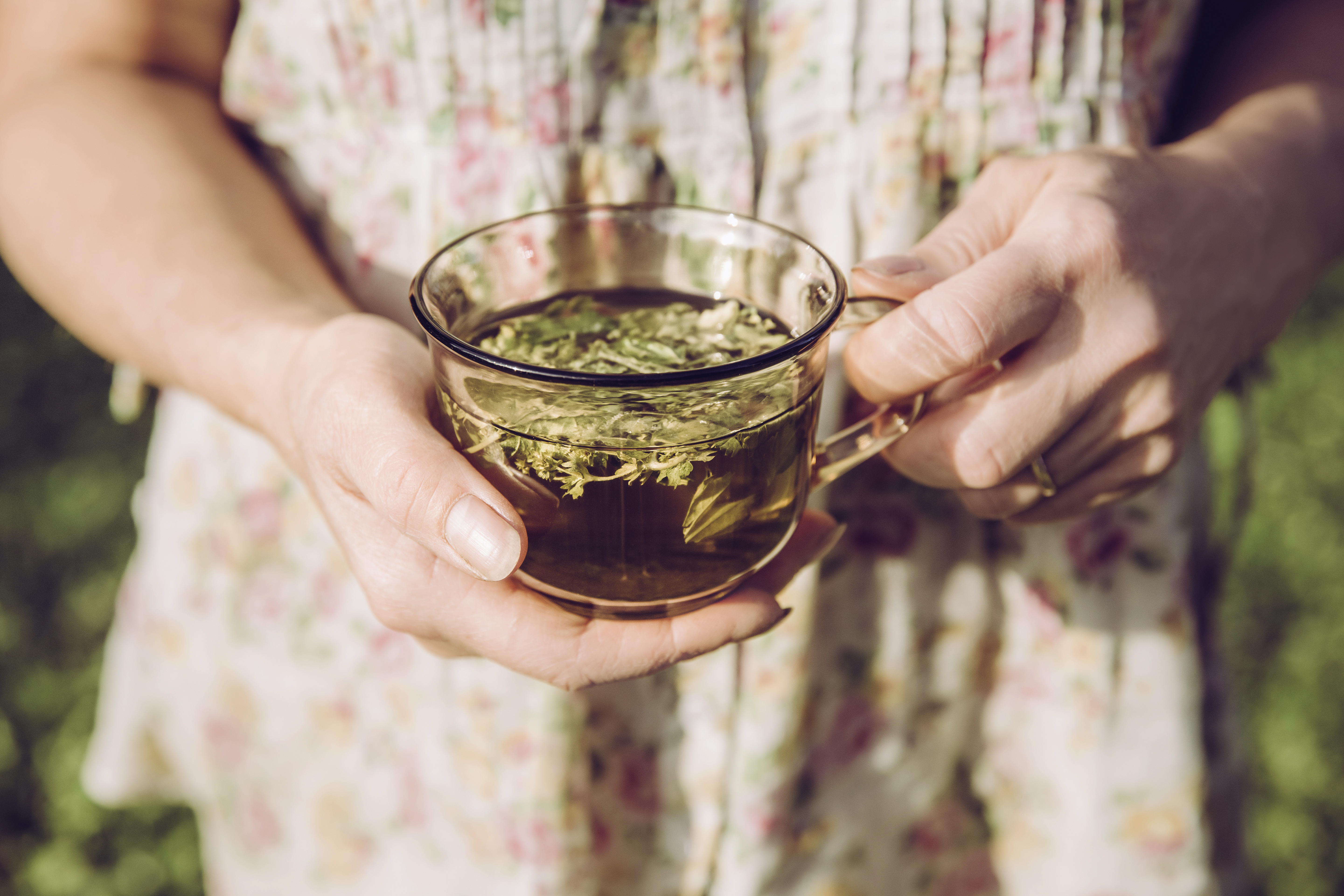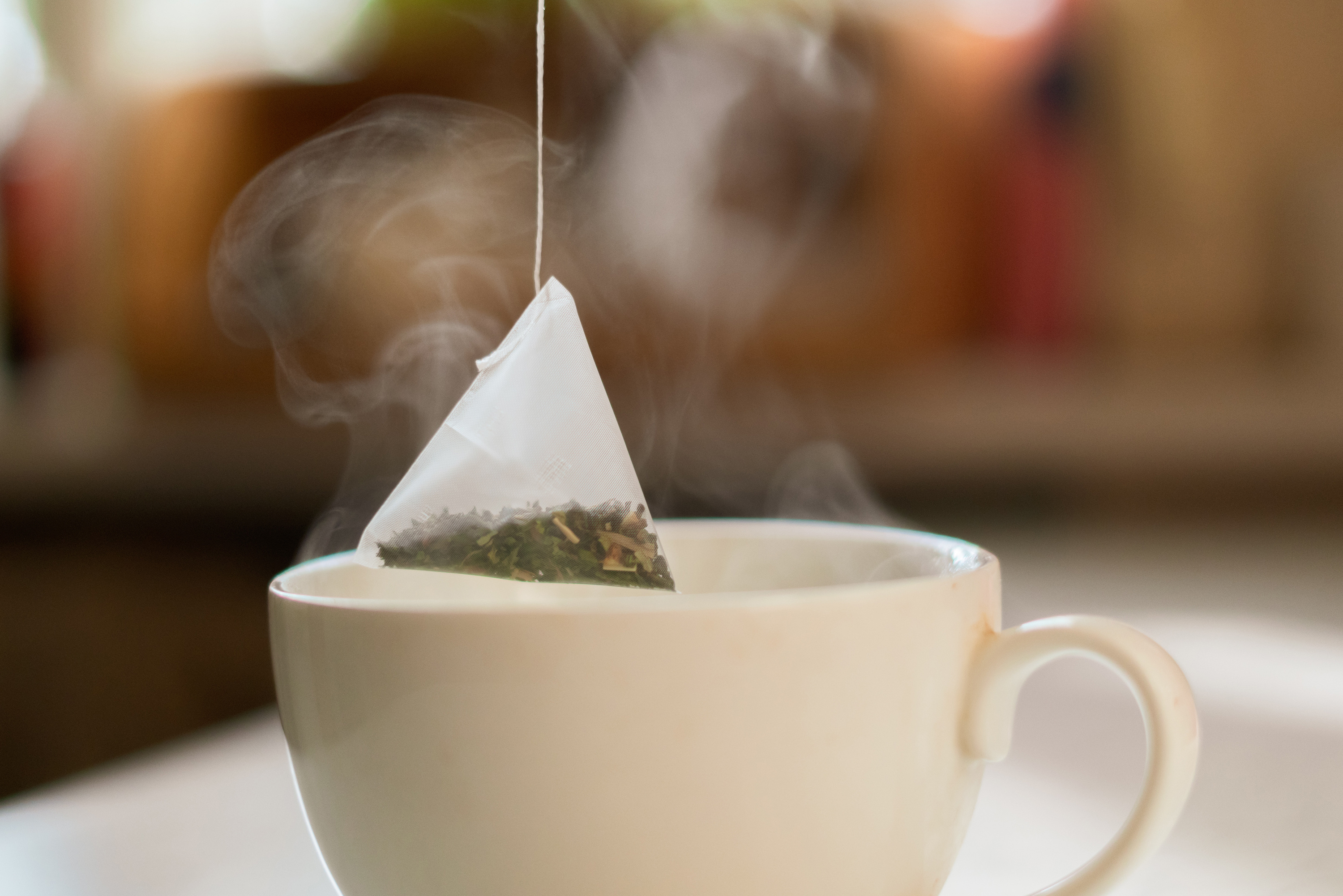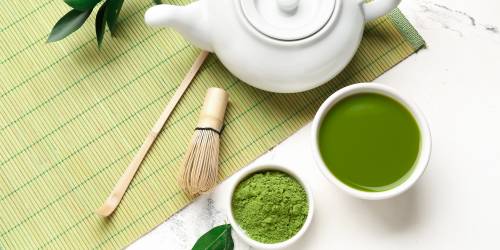Benefits of tea: what does it give us?
The benefits of tea are many! They help us preserve our health and avoid diseases. Today we have many types of infusions, each with unique and specific properties. Stay and discover them all.
how to shop
Share

Difference between tea and infusion
Are tea and infusions the same? If you have ever asked yourself this question, you should know that no, infusions and tea are not the same. We tell you why below.
- Infusion: we understand as infusion the drink that is obtained from various fruits or herbs by introducing them into hot water. According to this definition, infusions may contain theine, but usually do not, since they are made with plants and herbs that do not contain any type of stimulant, such as chamomile, lime, mint, fennel or cola. horse, among many others.
- Tea: we understand as tea, the result that occurs after infusing the herbs extracted from the Camelia Sinensis plant, together with hot water or milk. Whether it is green tea, red tea or black tea, the resulting infusion comes from the same plant, but the difference between them is that they are treated differently. In addition, this type of infusions contain a stimulating agent called theine.
In short, all teas are infusions, because they are infused with a liquid, be it water or milk, but not all infusions are tea or contain theine. In addition, unlike infusions without theine, the tea should not be infused for more than 5 minutes, because it can make the drink bitter.

Types of infusions and properties
Infusions without tea
- Chamomile infusion: of the infusions it is the most used to help carry out a good digestion. We can usually find this infusion accompanied with anise or mint. In addition, together with pennyroyal or linden, it is one of the infusions that help lower blood pressure.
- Linden infusion: noted for its relaxing properties, which is why it is widely used to help calm anxiety and combat insomnia. Also, like most teas without theine, it has anti-inflammatory properties that help calm the intestine.
- Pennyroyal infusion: Pennyroyal infusion is almost always accompanied by an essential aromatic herb: mint. Pennyroyal, like chamomile, helps improve digestive problems, but it is also a type of infusion with antioxidant, relaxing and diuretic properties.
- Fennel infusion: among the properties of fennel, we can highlight the relief of urinary and digestive problems, such as slow digestion, bloating or flatulence.
- Thyme infusion: among the properties of thyme, its help in catarrhal processes stands out, since it is a good home remedy to relieve cough and mucus when we are constipated.
- Ginger infusion: this herb stands out for being a natural anti-inflammatory. In addition, it is also a good ally against colds due to its expectorant and anti-inflammatory effects... Especially when accompanied by lemon! Having a certain spicy touch, today we can find infusions with this detox food accompanied by slightly sweeter flavors, such as mango. We tell you everything you need to know about this plant, in our article on the benefits of ginger.
- Horsetail infusion: this herb is characterized by its help in problems related to the urinary tract, such as fluid retention and urine infections, since it encourages urination.
- Rooibos infusion: this infusion is obtained from the Aspalathus linearis plant, known as the “red bush”, hence the color of the infusion. Although rooibos is often confused with tea, due to its antioxidant properties, these two have nothing to do with it, since rooibos does not contain theine and, in addition, stands out for its relaxing properties.

Infusions with theine
Today there are different varieties of types of tea. All of them come from the same plant, the Camelia Sinensis, so the main types of tea differ from each other due to their production process, since they all produce different degrees of oxidation in the tea leaves and, therefore, therefore, the final product has different characteristics, flavors and benefits. Of course, being obtained from the same plant, they have a common characteristic: they are powerful antioxidants, thanks to the high presence of polyphenols.
• White tea: this type of tea is made only with the tender shoots of the plant. White tea should not be oxidized when harvested, so it is very important that the buds and leaves do not get damaged. After harvesting, these shoots dry naturally (in the sun) for a few days and are taken to a room to finish drying for another few days. Thanks to its careful preparation process, white tea has a much milder flavor. In addition, thanks to its production process, white tea maintains a higher number of polyphenols than other types of tea and contains less theine.
• Green tea: unlike other types of tea, green tea is not dried or withered, but rather its leaves are naturally dried and later put through a baking process. The heat kills the enzymes and fermentation that would lead to leaf decomposition is prevented. Green tea receives this name, due to the color that its infusion emits.
• Red tea: this type of tea is fermented and aged, so it has a stronger aroma and flavor. To produce red tea, the leaves are harvested, compressed and stored for several years under a series of specific conditions in order for them to mature. Red tea receives this name, due to the color emitted by the infusion of its leaves.
• Black tea: this type of tea is fermented, then it undergoes a “withering” process and, finally, it is baked. Thanks to its production process, black tea acquires a very strong flavor and a higher theine level than other kinds of tea. Black tea receives this name due to the dark color produced by the infusion of its leaves.
• Matcha tea: this is a variety of powdered tea, made from ground green tea leaves. Unlike the infusion of green tea, with matcha tea, we consume the entire leaf of this plant and, along with it, all its properties and nutrients. In our article about the properties of matcha tea, we tell you everything about this drink... And how to prepare it at home very easily!
• Chai tea: its name means “tea with spices”. This is because this type of infusion is prepared with black tea and a mixture of spices, among which are: ginger, cinnamon, cloves, cardamom, black pepper, fennel, nutmeg, star anise and, in some cases... Even chocolate!
• Moorish tea: Moroccan or Moorish tea is the result obtained by mixing green tea leaves together with fresh spearmint (or mint) leaves and a lot of sugar, which helps counteract the bitter taste produced by boiling the tea. tea leaves
• Soft drinks with theine: today there are many drinks that contain theine, but are served cold, from the traditional ice tea to Kombucha. In our article on the benefits of Kombucha, we tell you everything about this ancient drink and how to prepare it at home.
How many times a day can you drink tea?
To know how many times we can drink tea a day, we must first be aware that this type of infusion contains an exciting agent called theine. But… What is theine? It is an amino acid that is found in the leaves of some plants and that contains stimulating properties, just like caffeine. Next, we tell you the main differences between the two.
Differences between theine and caffeine
• The amount of excitement: coffee usually contains a higher proportion of caffeine per milliliter compared to tea. In other words, the concentration of this stimulant in coffee is much higher than that contained in tea. Also, depending on the type of tea, its concentration increases or decreases.
• Absorption: caffeine is absorbed in the stomach, while theine is absorbed in the small intestine.
• The effect it produces on the body: caffeine is released more quickly in the body, so the energy or excitement it produces in the body is greater and more immediate, but…. It lasts less time! On the other hand, theine takes longer to be absorbed, but its effect lasts longer in our body.
For this reason, although tea has health benefits due to its high content of polyphenols, theine is still exciting and alters the body, for this reason, it is recommended to drink a maximum of three cups a day, although this will depend on the degree of tolerance of each person.






